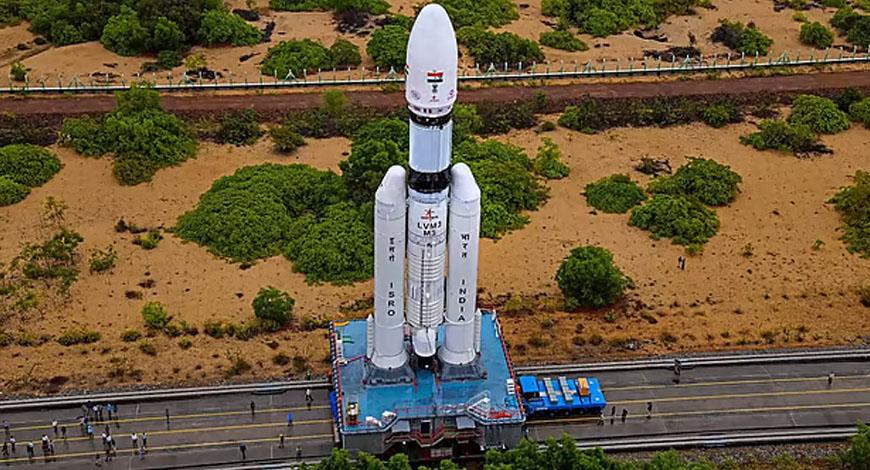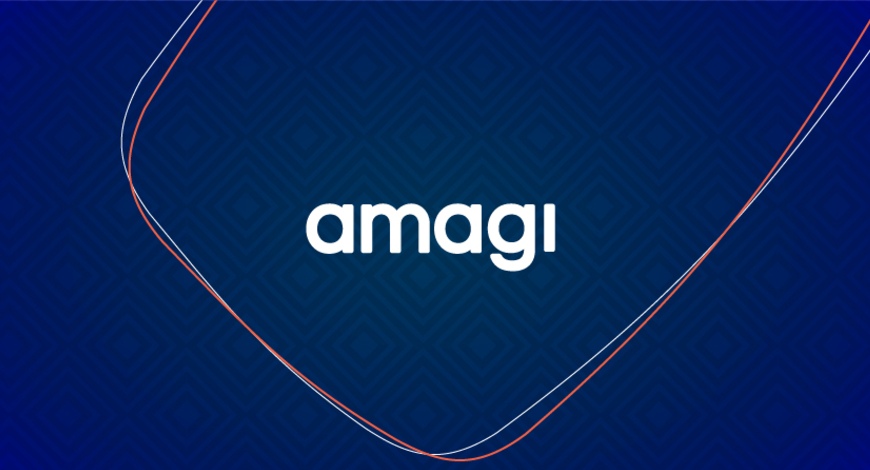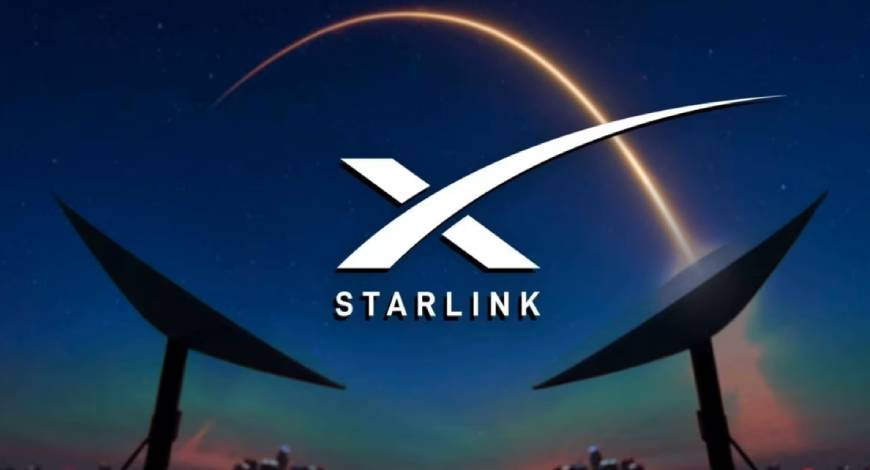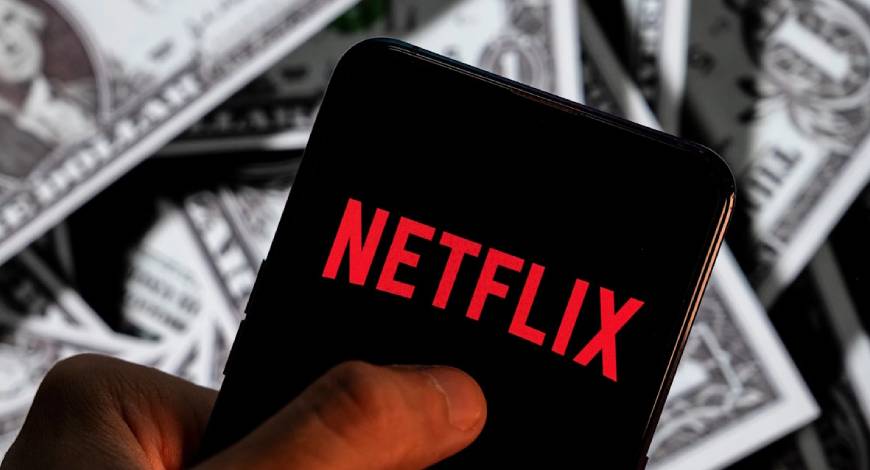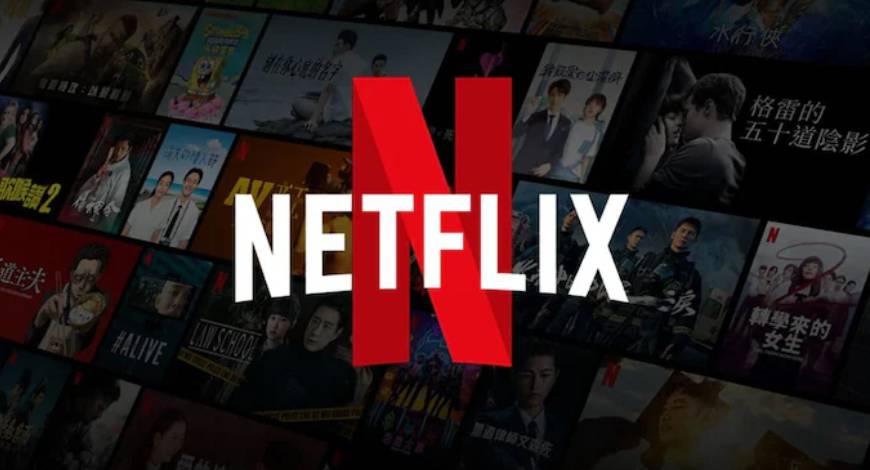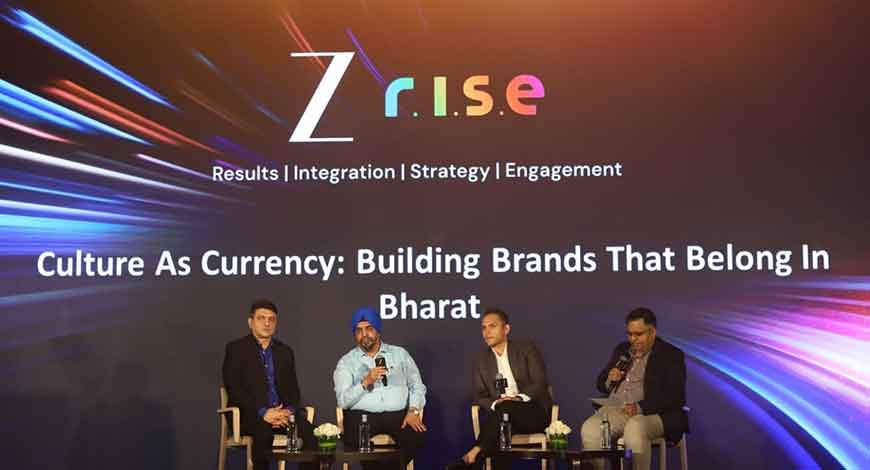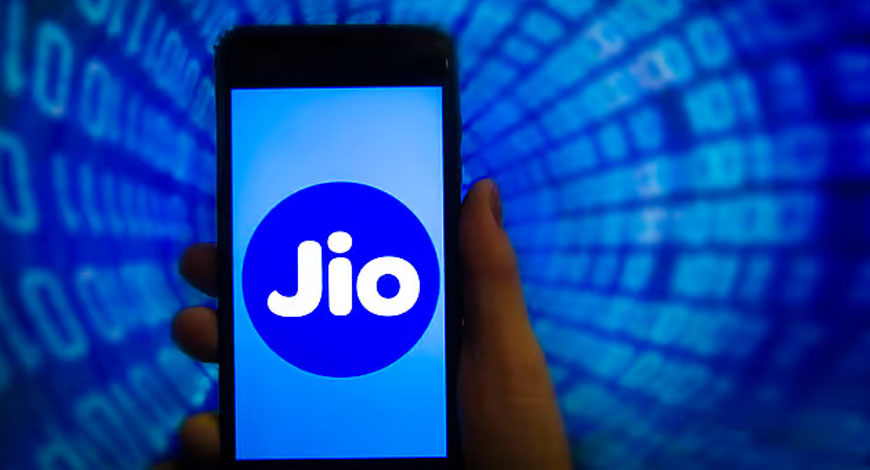After marking a humble beginning in the Indian space programme with a tiny rocket supplied by the United States, ISRO would launch a 6,500 kg communication satellite built by the US in the next couple of months, the chairman of the space agency, V Narayanan said on Sunday.
Following the historic launch of NASA-ISRO Synthetic Aperture Radar (NISAR) mission onboard a GSLV-F16 rocket on July 30, ISRO would be launching another satellite for the United States, he said at an event near Chennai.
Narayanan, who is also the secretary of Department of Space, was presented with the honorary degree of Doctor of Science, by the Governor of Maharashtra C P Radhakrishnan, during the 21st Convocation of SRM Institute of Science and Technology at Kattankulathur near Chennai.
In his acceptance speech, Narayanan recalled that the ISRO was set up in 1963 and the country was 6-7 years behind advanced countries then. In the same year, a tiny rocket was donated by the United States marking the beginnings of the Indian Space Programme. “It was on November 21, 1963,” he said.
In 1975, through satellite data given by the US, ISRO demonstrated ‘mass communication’ by keeping 2,400 television sets across 2,400 villages of 6 Indian states, he said.
“From that (kind of humble beginnings), the 30th of July was a historical day for the Indian space programme. We have launched the NISAR satellite. The costliest satellite ever built in the world. The L Band SAR payload from the USA and S Band payload provided by ISRO. The satellite was placed in orbit precisely by Indian launcher (GSLV). And today, we are shoulder to shoulder with advanced countries,” Narayanan remarked.
He noted that the team from the National Aeronautics and Space Administration (NASA) lauded their counterparts in ISRO for the precision launch of the GSLV-F16/NISAR Mission.
“In another couple of months, a country which received a tiny rocket from the United States, is going to launch a 6,500 kg communication satellite built by America using our own launcher from Indian soil. What a significant growth it is,” he noted.
From a country which did not possess satellite technology 50 years back, ISRO has, to date, launched 433 satellites of 34 countries using its own launch vehicles, he said.
Elucidating about the Indian space programme, he said, “Today, there are 55 applications where ISRO has been contributing for the welfare of the country.
“It includes television broadcasting, telecommunication, weather forecasting, disaster warning and mitigation, navigation, ensuring food and water security.”, he said.
“Even during Operation Sindoor, we have ensured through our satellites, the safety and security of whatever possible of all the citizens of Bharat, we could contribute, we contributed,” he remarked.
Listing out some of the significant missions, he said with the Chandrayaan-1 mission, ISRO was able to identify water molecule on the surface of the moon, and through Chandrayaan-3 till date, no country has made soft landing on the south pole of the Moon.
Referring to Russia’s rocket mission of placing 34 satellites into orbit using a single launch vehicle, he said India broke that record by placing 104 satellites into the intended orbit using a single rocket.
In 2017, ISRO scripted history by successfully launching 104 satellites, including India’s weather observation Cartosat-2 Series, in a single mission onboard PSLV-C37 rocket.
On the future launch missions planned by the Bengaluru-headquartered space agency, Narayanan said, currently there are 56 satellites orbiting the earth, serving the purpose of ISRO. The number of satellites would be increased ‘3xtimes’ over the next 2-3 years.
“We are going to have our own Gaganyaan programme (sending humans to space) and ISRO is also going to build its own space station by 2035. The Indian Space programme is really one of the outstanding programmes and by 2040 we will match all developed countries in terms of capability of all space programmes,” he said.
In his brief address, Radhakrishnan said, “Sincerity, hard work and patience are the true keys to success.”
“Challenges come to all, but it is overcoming them with determination that shapes your future,” he said.
Urging them to embrace lifelong learning, and to remain humble, he said, “With this spirit, the youth will lead India to become the world’s foremost economic power by 2047.”
Ministry of Earth Sciences, Secretary, M Ravichandran was awarded the honorary degree of Doctor of Science along with Narayanan.
On the occasion, a total of 9,769 students — 7,586 men and 2,183 women received their degrees. Additionally, 157 students who secured top ranks were honoured. PTI
